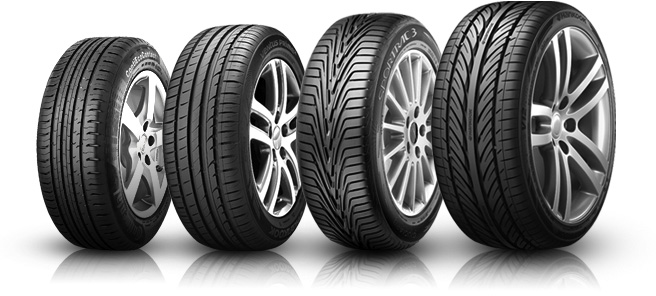If the tyres on your vehicle need replacing, you have probably been checking out Perth tyre retailers, to find the replacement tyres you need. During your search, you may have noticed the different types of tyre tread pattern that are available. The type of pattern on a tyre tells you a lot about its performance.
The aim of this article is to examine the different types of tyre tread pattern out there. We are going to explain what the four main types of tyre tread pattern mean.
Symmetric patterns
Symmetric tyre tread patterns are the most common. A symmetrical pattern exists when the inside and outside section of the tyre have the same design. If you have symmetrically patterned tyres on your vehicle this means that the tyres can be fitted in any of the different tyre positions. This type of tyre is the best for enabling servicing flexibility.
Asymmetric patterns
Tyres featuring asymmetric design can also be used in any rotation pattern on your vehicle. This is because the pattern on all of the inward sides of the tyre is the same and the pattern on all of the outward sides is the same; it’s just that the pattern is not the same on both sides of the same tyre. These tyres are used to improve steering when cornering and in wet conditions. The outward side of the tyre features a larger pattern which helps with stability when driving around corners. The inward side features a smaller pattern which helps with traction when the road surface is wet.
Directional patterns
You may have noticed these tyres which have v-shaped grooves on them. This helps to get water away from the tyre. This type of tyre usually has arrows on its sidewall so that its direction of rotation is obvious. It’s important that tyres with a directional pattern are correctly installed on a vehicle. If they are not installed in the correct position the situation can be very dangerous in wet conditions. This is because water is directed to the centre of the tyre, making hydroplaning more likely.
Directional and asymmetric patterns
This type of tyre features a combination of asymmetric and directional design, making tyre rotation difficult and not possible at all if the tyre size is different on the front and back of the vehicle. Directional and asymmetric patterned tyres are normally only found on high performance vehicles. This is the type of tyre pattern that is seen least often.
Hopefully, we have provided you with information that will come in useful during your search for new tyres for your vehicle. Most standard cars are fitted with tyres that have a symmetric pattern. You need to check your cars manual, to see which type of tyres should be fitted; you also need to think about what sort of driving your car is being used for. Remember, you should always ensure that tyres are expertly fitted, to help make sure that you remain safe while driving.


